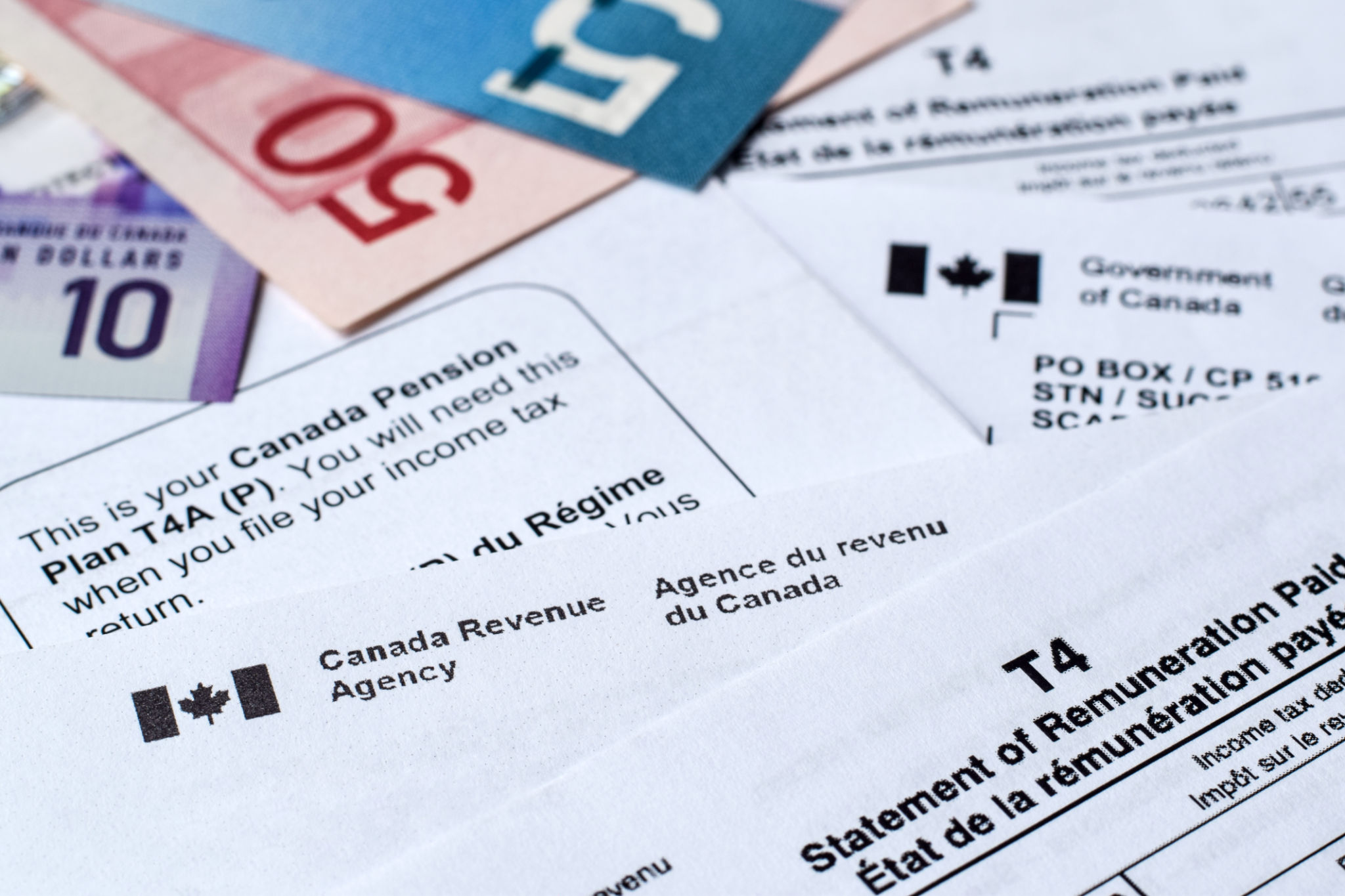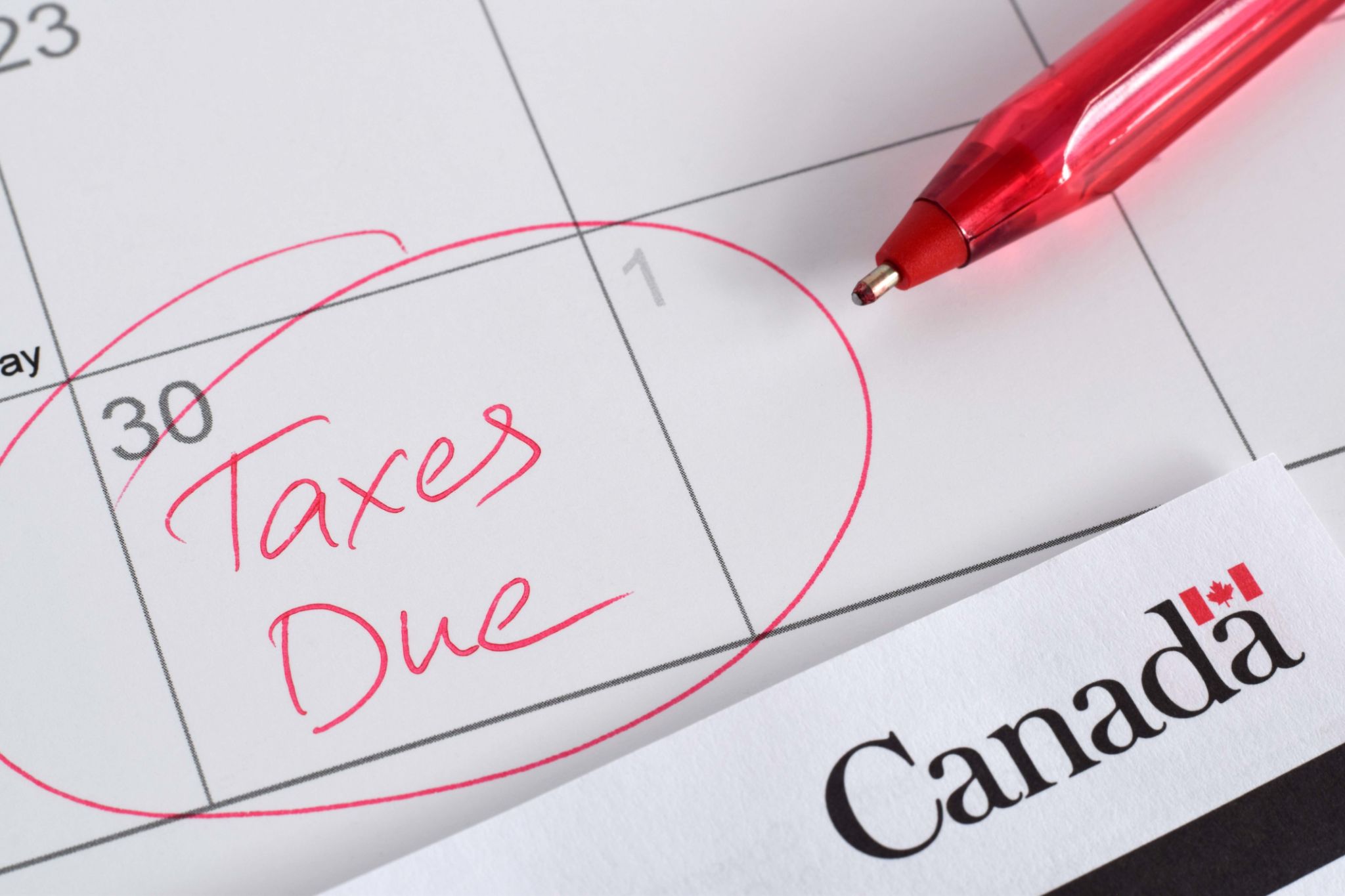DIY Tax Filing: What to Watch Out For
Understanding the Basics of DIY Tax Filing
Filing your taxes can be an intimidating task, but with the right tools and knowledge, many individuals successfully manage this on their own. Before you dive in, it’s crucial to understand the basics of DIY tax filing. This involves gathering necessary documents like W-2s, 1099s, and receipts for deductible expenses. Having all your paperwork organized will make the process smoother and help ensure accuracy.
One of the primary benefits of filing your taxes yourself is the potential cost savings. Without the need to hire a professional, you can allocate those funds elsewhere. However, it's important to weigh this against the time investment required to accurately complete your tax return.

Choosing the Right Tax Software
In the digital age, there are numerous tax software options available that simplify the DIY tax filing process. These programs offer guided assistance through each step of filing, making them accessible even for beginners. When selecting a software, consider factors such as ease of use, customer support, and any additional fees for filing state taxes.
Some popular options include TurboTax, H&R Block, and TaxAct. Each of these platforms has its own strengths and weaknesses, so take the time to research and compare features before making a decision. User reviews can also provide valuable insights into what you can expect from each service.

Common Mistakes to Avoid
Even with the help of tax software, there are common pitfalls to watch out for. One frequent mistake is entering incorrect information from your tax documents. Double-check all entries to ensure accuracy. Another common error is missing out on eligible deductions or credits. Always review the entire form to make sure you’re not overlooking any opportunities for savings.
Additionally, be mindful of filing deadlines to avoid late penalties. The federal tax deadline is usually April 15th, but it can vary due to weekends or holidays. Mark this date on your calendar and set reminders to ensure timely submission.

Understanding Deductions and Credits
Deductions and credits play a significant role in reducing your taxable income or directly lowering your tax bill. Familiarize yourself with common deductions such as mortgage interest, student loan interest, and medical expenses. Tax credits like the Earned Income Tax Credit and Child Tax Credit can also provide significant financial benefits.
It’s important to distinguish between deductions and credits. Deductions reduce the amount of your income that is subject to tax, while credits reduce the actual amount of tax you owe. Understanding these differences will help you maximize your tax savings.

When to Consider Professional Help
While DIY tax filing can be a cost-effective option, it’s not suitable for everyone. If you have a complex financial situation involving multiple income streams, significant investments, or a small business, seeking professional assistance might be beneficial. Tax professionals can offer personalized advice and ensure compliance with all applicable tax laws.
Moreover, if you’re ever in doubt or feel overwhelmed by the process, consulting with a tax expert can provide peace of mind and potentially save you from costly errors.

Final Thoughts on DIY Tax Filing
Tackling your taxes on your own requires preparation, attention to detail, and a willingness to learn. By staying organized and informed about available resources and common pitfalls, you can successfully navigate the process. Whether you choose to continue filing on your own or seek professional help in the future, the experience will undoubtedly increase your understanding of personal finance and tax obligations.
Remember that each year offers an opportunity to refine your approach to tax filing, learn from past mistakes, and optimize your financial situation. With practice and diligence, DIY tax filing can become an empowering experience.